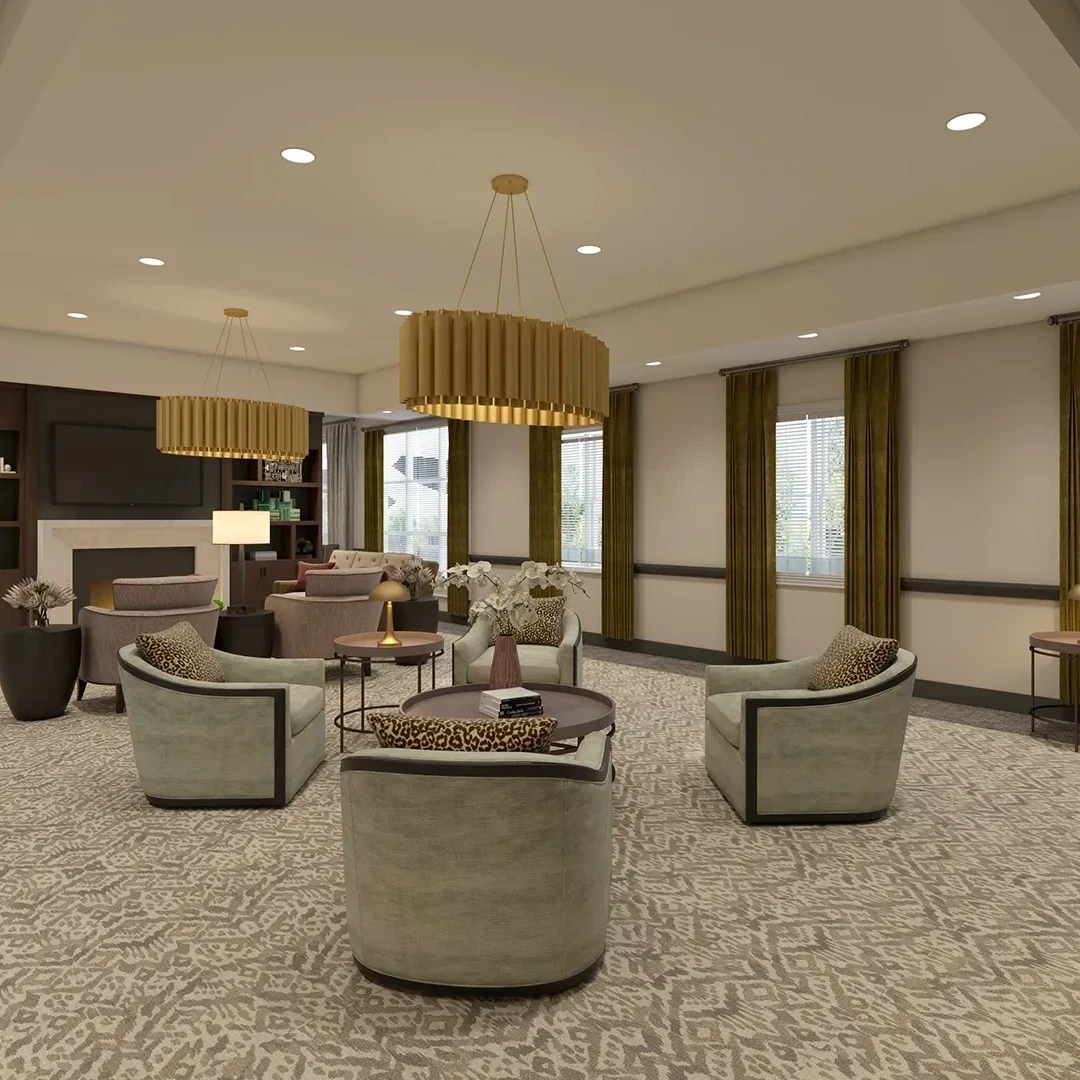Tech-Savvy at Any Age: 3 Tools That Actually Help
Published on September 15, 2025
Tech-Savvy at Any Age: 3 Tools That Actually Help
Simple tools that help older adults stay independent and connected, with trusted product links and guidance on setup that makes tech feel human.
Small wins that make a difference — without making things more complicated
Ed didn't think of himself as "tech-savvy." He liked the news on paper, his coffee instant, and his radio set to one station. When his daughter left him a little white speaker that talked, he said thanks, but didn't touch it for six days.
On day seven, he asked the device for the Orioles' score, and it answered.
Then he asked about the weather. Then a song. Then the news.
Two weeks later, it was part of his morning. No apps, no buttons. Just a voice in the corner that made his routine smoother.
That's the kind of technology that actually works for older adults. It doesn't try to change everything. It just fits into what's already there — and helps.
Let's take a look at three tools that quietly support independence, with links to products that are simple, tested, and worth it.
1. The Voice Assistant
For many older adults, this becomes the most-used piece of technology in the room — once they try it. A smart speaker delivers the time, the weather, the news, or your favorite music, without touching a thing.
And if you set it up right, it never asks much from the user.
The Amazon Echo Dot (5th Gen) is one of the most reliable options. Small, unobtrusive, and very forgiving when someone forgets exactly how to ask a question. It works straight out of the box once it's connected to Wi-Fi and linked to an Amazon account.
Setup tip: Do this in advance. Use your own phone and account if needed, and name the device something memorable like "Living Room Echo."
This isn't about becoming a tech user. It's about keeping routines easy. You say, "Alexa, play Sinatra," and it just does.
If a senior struggles with hearing, the Echo Show 5 adds a visual display — though we only recommend this for people comfortable with touchscreens.
2. The Digital Picture Frame
This one can go wrong — badly — if you choose the wrong frame. But done right, a digital frame becomes a quiet source of connection that updates itself. No buttons. No menus. Just a slow stream of new photos from people you love.
Two frames consistently work well:
Aura Carver Frame: The most elegant and simple. Family members send photos via the app. The frame requires no user interaction at all once it's online.
Skylight Frame: A bit more interactive — lets you email photos directly to the frame's unique address. Good for families who don't want to download an app.
What to avoid: Any frame that requires the senior to use touch controls, reset Wi-Fi, or manage a login. Trust us, those go back in the box within a week.
Best practice: Set it up at your house first. Upload 50–100 photos. Get the brightness right. Then place it in a spot where it can be seen daily — not on a corner shelf, but somewhere central, like beside the TV or on the kitchen counter.
3. The Simplified Tablet
Some seniors are perfectly capable of using a regular iPad — they don't want to deal with all the extras. Others need a device that's been stripped down and locked into what they actually use.
One of the best options here is GrandPad, explicitly designed for older users. It includes a charging cradle (no cords to plug in), big buttons, family-approved contacts only, and a support team you can actually reach by phone.
Another solid choice: a standard iPad with the settings simplified by a family member. Enable Guided Access, hide non-essential apps, and set it up so email, FaceTime, and photos are easy to reach with one tap. Add a sturdy tablet stand to reduce frustration with holding or adjusting the screen.
For someone who wants to see their grandkids' faces and read the news, this might be the only device they need.
What Makes Tech Actually Work
It's not the gadget itself. It's how it's introduced.
The difference between helpful and frustrating tech usually comes down to one question: Who set it up?
When tech arrives already connected, already tested, and with someone nearby to say, "watch this," people try it. They use it again. It sticks.
But when a device comes in a shrink-wrapped box and leaves the user guessing? It doesn't matter how fancy it is — it's just clutter.
Final Thought
Tech that helps older adults doesn't need to impress them. It needs to serve them. It needs to make routines simpler, moments richer, and communication easier.
When it does that — and when it doesn't require a tutorial every time it turns on — it becomes part of life, like a clock, or a radio, or a phone that works.
That's what we're after. Not novelty. Just something helpful that doesn't get in the way.

We're excited to share more about our community.
Submit the form and we’ll get in touch shortly.
The Residence at Carlisle
400 Christian Loop
Carlisle, PA 17013
717-906-9870